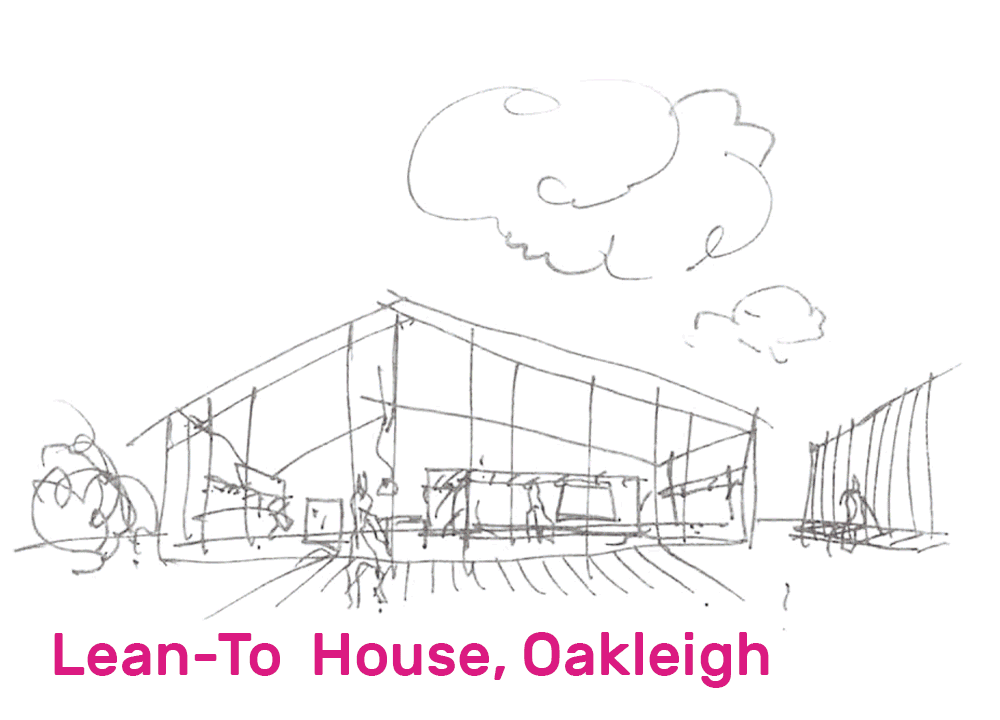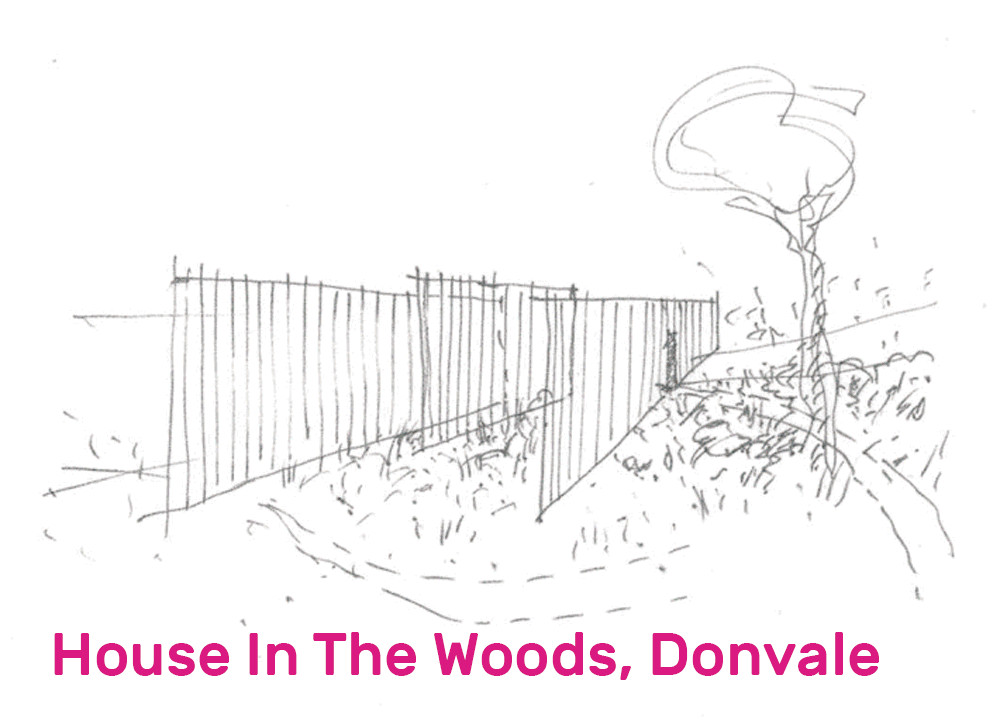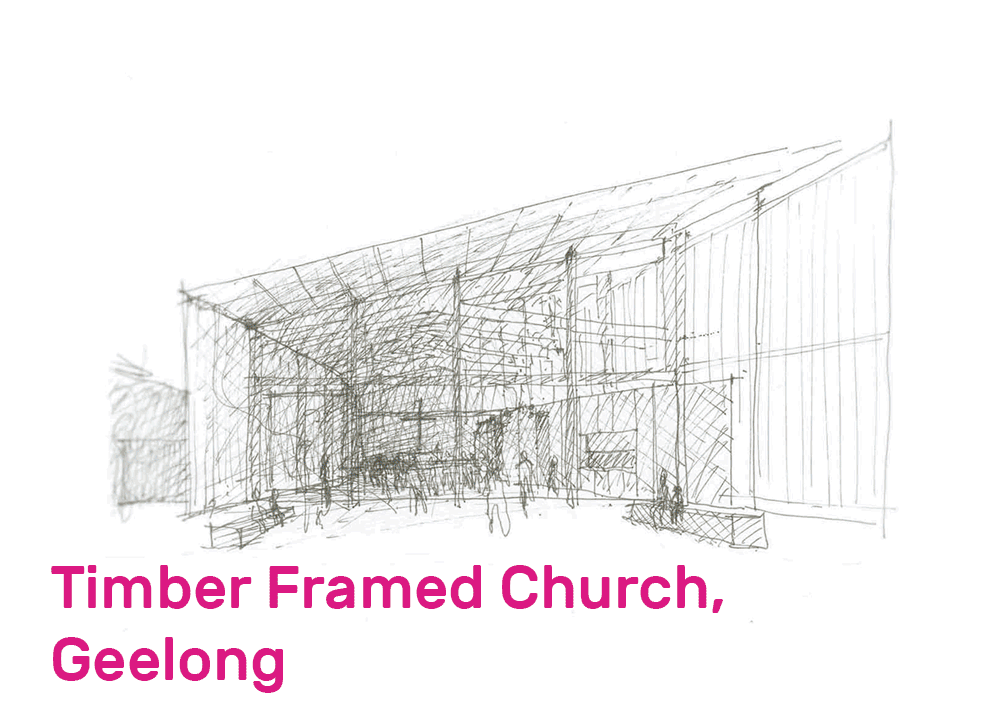Don’t Trash your Tax Free Asset
Our homes reserve a place of cultural importance within in Australian society: BBQs, back yard sport, a place to withdraw, a cast iron balcony from which to watch the world, parties and birthdays. Our home is our castle.
Beneath the emotional stability that we associate with homes, there is also underlying financial security. As a principle place of residence, your home is one of the few appreciating assets that is exempt from almost all tax. Once the stamp duties are paid on purchase, that’s it. This gives it a unique place over other assets which are subject to capital gains tax or can diminish and depreciate. Accordingly, home ownership is regarded as one of your principle assets, and conversely, a frequently cited source of anguish for those who have not entered the property market.
Despite this, people frequently make amazingly bad financial decisions in relation to their prized asset. I’ve observed property owners wasting hundreds of thousands of dollars through making poor decisions when it comes to expenditure on their family home.
A typical example is a past client who had completed two renovations on their suburban family home using a design-and-construct home extension company. There was no architect or trained designer involved; the renovation was designed by the in-house draft person. The renovations were of reasonable size, the standard of finish was acceptable and the price of construction was relatively cost effective. However, the planning was terrible. Without proper expertise, the existing “rabbit warren” planning had been reinforced and exacerbated, despite being of adequate overall size. Little thought had gone into how the spaces would circulate, let alone how they would be furnished. Penetration of natural light into the interior was clearly an after-thought. As the project progressed, we all agreed that the vast majority of what they had already built had to be removed completely or substantially modified. They had wasted hundreds of thousands of dollars.
Unfortunately, this example is by no means the exception. The list of renovation casualties is long and extensive. I have sadly participated in the demolition of numerous renovations that were less than 5 years old, simply because they had been poorly planned. Part of the problem stems from a tendency to design solutions through the lens of what is perceived as expedient construction. While efficient construction is commendable, if this is the only focal point for design it tends to become a false economy by creating a tunnel vision of simply “adding” without addressing fundamental underlying problems. Another aspect may be that insufficient consideration, and corresponding time, is given to finding the best design solution. For instance, if a business’ core focus and revenue stream is in construction, then it is easy for design to become secondary. Design skill and expertise coupled with appropriate time to explore, propose, test and refine ideas should be regarded as essential rather than an expensive luxury. Ironically, this frequently results in the far greater expense of ill planned construction. As the former president of the Australian Institute of Architect’s, Richard Kirk, stated “it is much cheaper to explore ideas on paper than in real life (1)”
A tale of two houses.
Some years ago, our office completed a substantial single level renovation in inner suburban Melbourne. Our client, a project manager, kept detailed lists of anticipated expenditure and made decisions judiciously. There was a finite budget which was carefully allocated and well spent. Many decisions came after exploring a variety of options. At one stage the budget was increased which was also done thoughtfully and strategically. A couple of years after the project was completed the client called to let us know that they had decided to sell. At the time, a local buyers’ advocate released a report on the property which stated:
“There's plenty of genuine WOW here, which demonstrates how it can really pay to get a good architect …the rear open-plan living area is the clear highlight, and will probably sell this home alone. I loved it and I am sure many others will also. It is light and bright, connects nicely to the backyard and is well-proportioned….” (2)
At the same time, my clients had friends who completed a similar sized extension on a comparatively sized house nearby. The friends used a local home extension company. They also decided to sell their house at the same time. Come auction day, our client’s house sold well above reserve and broke the local record for a property of its size. Some months later I enquired into the status of the friend’s property around the corner. It had not sold and was reportedly struggling to sell even at an amount 25% less than what our client’s property had sold for.
There are many factors that contribute to the sale of a property and I do not want to suggest that the design of the renovation was the sole contributing factor in the successful capitalisation of this house. Notwithstanding, the evidence suggests that investing in good design was at least a major factor.
In July 1990 the Australian economy entered into a recession that was particularly bad in my home town of Melbourne. As a student of architecture working in a residential practice at the time, I observed many clients express concern about “overcapitalising.” The possibility was real. Within the chaos and bluster of high unemployment rates, I can recall one extreme instance where a home owner was forced to sell an inner suburban house six months after purchase for 20% below the original purchase price.
To this day, many clients express the need to not overcapitalise. This is a valid concern that should be taken into consideration. At the time of writing – lockdown during the covid crisis – economic contraction will almost inevitably impact the housing market. However, our experience has overwhelmingly been that undercapitalising through poor planning and design is far more prevalent. Attempts to save money through cutting costs in the planning and design process proves to be a false economy leading to ongoing, unwanted future financial implications. Contrast that then with the long term potential benefits, if not measurable savings, that are delivered when your property is approached with creativity and good design, to create a home that is both a beautiful and a sound investment that simultaneously benefits your lifestyle.
In consideration of the above, if you are thinking of building our advice is as follows:
Chose a good architect whose work you like.
To get things right, the design process can, and should, take time. Make sure that the firm you engage are people that you think you can work with.
Be open to ideas and suggestions that are outside your immediate ideas and thoughts. The creativity of your designer and their ability to think laterally and discover alternate solutions is one of the greatest investments that you will make.
Make decisions methodically and strategically in conjunction with your architect.
Lastly, it is not all about the money. While good design decision making is usually a good financial decision, the real and immediate benefit is to your lifestyle. Beautiful, light filled, practical spaces that are also thermally and environmentally efficient will benefit the occupants in potentially innumerable ways. That however is a much broader discussion for another time….










